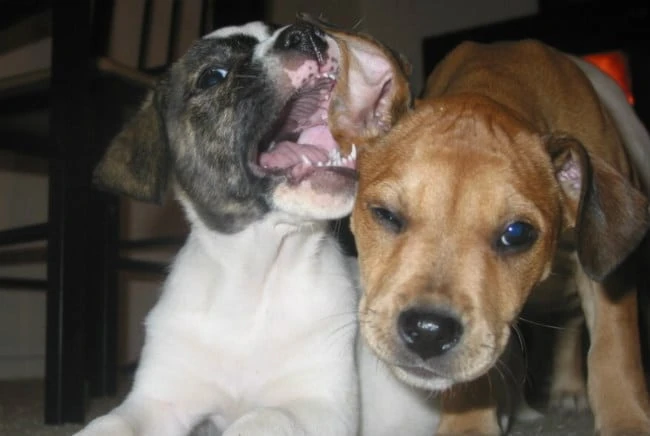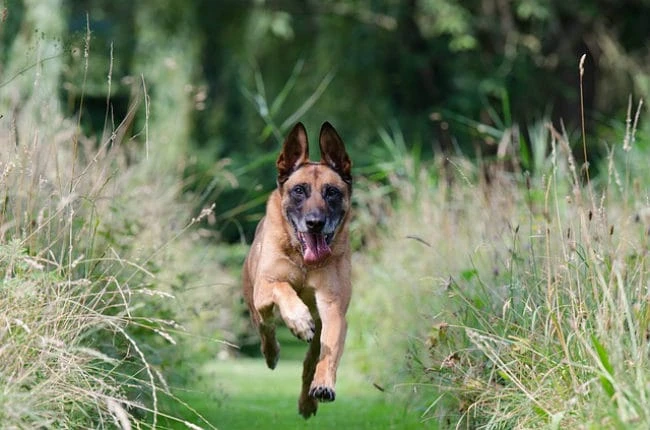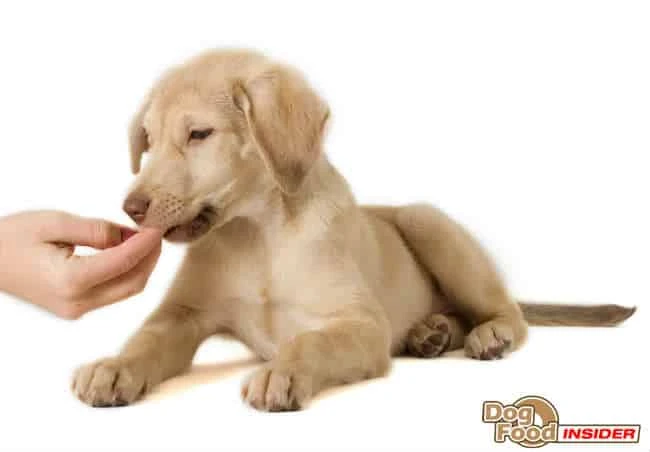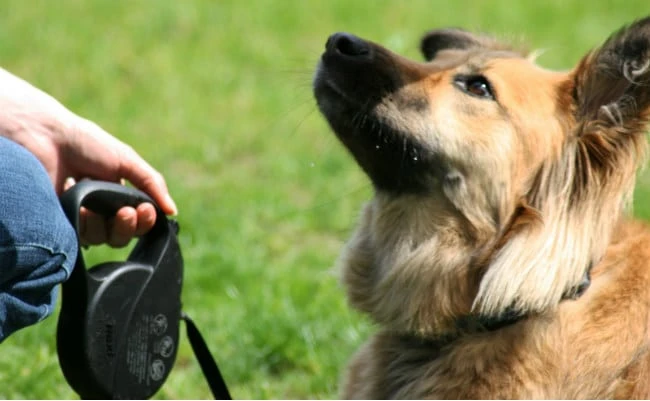A Guide To Socializing Your Unsociable Dog

The beauty of canine companionship is that they all have their own personalities. You may have chosen a dog that is outgoing and affectionate, a dog that has no problem fitting in with any group of people or any group of canine companions. Other dogs are not so easy-going and may find these interactions intimidating or unnerving. If you have a dog that seems “unsociable,” you can take a few steps to make him more comfortable in his interactions with others.
Socializing a dog at a young age is extremely important. If yo have a puppy, the below video will help to show you how to socialize your dog so that they are able to happily play with other dogs into adulthood. If you already have an adult dog that is not very social, you can skip this first video, but keep reading.
Remain Calm
Dogs pick up on the feelings of their owners, and if you have anxiety or even excitement when interacting with other animals, your dog will become tense and aggressive. Cultivate a deliberate feeling of calm and detachment about these encounters. Your dog will sense a different feeling coming from you and will await your reaction to make a “decision” on how to behave. This result may take considerable practice, but can help produce better interactions over the long run.
Stand on the Sidelines
Many dogs feel overwhelmed by the sights, smells and activities at the dog park. Even encountering a dog or dogs on the street may create a sensory overload that he is unsure how to interpret. Allow a shy dog plenty of time to stand back and assess any potential interaction with other dogs. Give him time to watch the other dogs as they run and play.
Introduce New Situations Gradually
Move a bit closer to the activity over a period of days or weeks, depending on your dog’s reaction. When he gets accustomed to the sounds and smells, allow him to get closer to the other dog. Make the interaction short, at first, just a moment or two. Increase the length of the contact time until your dog understands there is no threat from the other animal.
Keep Your Dog On Leash
As in any other training situation, the leash is an important part of achieving a successful outcome. Keep your dog on leash whenever he is outside to facilitate handling if your dog becomes nervous or feels threatened. If he reacts badly, immediately remove him to a quiet area. When the dog is calm again, move him closer to the other animal or animals. Pay attention to his reactions. If he becomes tense, back up a few steps and allow him to compose himself again. Once the animal knows you can be counted on to relieve his distress when needed, he will gradually become more willing to tolerate the close proximity of another dog.
Find A Trusted Buddy
The best way you can train your dog to be more sociable and easy-going is to allow him to model his behavior on another dog’s, one whose personality he trusts. Dogs are pack animals and take their cues from other dogs in the pack. If your dog hangs out with a calmer, more agreeable buddy, he will learn these behaviors more easily, because he will feel there is no threat if the other dog perceives no threat. This “buddy-system” can be the most effective way to change a timid dog’s behavior. You may find your dog becomes a gadabout in this more secure situation. Although some animals may never feel completely comfortable at the dog park or in the presence of unfamiliar dogs, many dogs will learn to tolerate the discomfort until the interaction passes.
Dog Park Anxiety
Some dogs never become comfortable with the large number of dogs at the dog park. They may act out aggressively or withdraw from the group and sniff along the edges of the fence rather than interact. Owners may have to accept these animals as they are and find other ways to socialize, such as walking with other dog owners in the neighborhood or visiting dogs at family members’ homes. Being responsive to your dog’s needs is the most important consideration.
Although socialization is an important part of canine mental health, dog owners must always be ready to adjust their expectations to their dogs’ needs. Sometimes, less is more, and you can still enjoy your dog’s unique personality, even if he is not a party animal.




